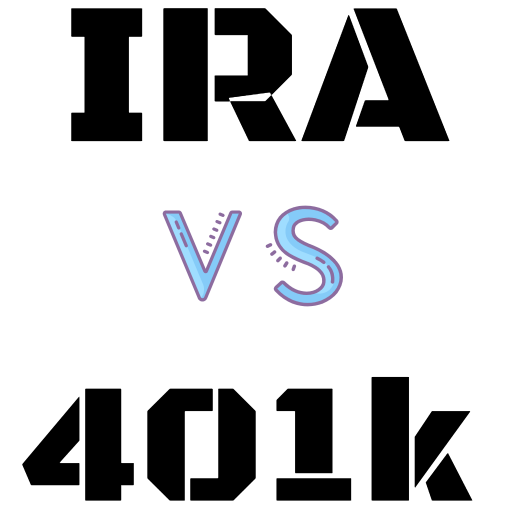
If you leave your job and leave behind a SIMPLE (Savings Incentive Match Plan for Employees) IRA, you have the option to roll over the SIMPLE IRA balance to a traditional IRA, another SIMPLE IRA plan, or—depending on your new employer’s plan—you may be eligible to roll the funds into a 401(k) plan with your new employer.
If, however, your ultimate goal is to roll over your SIMPLE IRA to a Roth IRA, you need to process a Roth IRA conversion. Follow these steps to complete the transaction.
Key Takeaways
- You must participate in a SIMPLE IRA for two years before you remove funds for a Roth IRA conversion to avoid incurring a 25% penalty.
- If you have passed the two-year limitation period, you will just owe taxes on the balance you convert to the Roth IRA.
- If you decide to change custodians, you may need to transfer the account in-kind first and then convert to a Roth IRA; your new custodian can help you determine this.
Steps for a SIMPLE IRA to Roth IRA Conversion
First, you should make sure you can convert your SIMPLE IRA to a Roth IRA without incurring a penalty. The IRS requires that you participate in a SIMPLE IRA for at least two years before removing any money from the account. If you are under age 59½ and you don’t wait, it will count as a distribution and you’ll incur a 25% penalty. What’s more, the entire amount withdrawn will count toward your gross income for the year, which could bump you into a higher tax bracket.
Check with your plan administrator if you have any questions about whether you have passed the two-year limitation period. If you have passed the limitation period, you will only owe taxes on the converted balance. If you haven’t passed it, you can leave the money in the account at the current financial institution or have the assets transferred—or rolled over—to a SIMPLE at another financial institution until the two-year waiting period is over, at which point you can do the Roth conversion.
Under the SIMPLE requirements, an employer must allow an employee to hold their assets at another financial institution.
If you participate in a SIMPLE IRA for less than two years and convert to a Roth IRA, the contribution to your new Roth account could exceed the annual contribution limit and you could owe a 6% penalty until you correct it.
Next, you need to decide whether the custodian holding your SIMPLE IRA is the one you would like to use for your Roth IRA. If not, you need to determine if you can do a conversion through the transfer process or if you need to transfer the account in-kind to the new custodian and then convert to a Roth IRA there.
Your chosen custodian should be able to help you make that determination. If you need to first transfer the SIMPLE IRA in-kind, you must open an account to accept that transfer in addition to your Roth IRA.
Advisor Insight
Scott Bishop, CPA, PFS, CFP®
STA Wealth Management, LLC, Houston, TX
The rollover would be considered a Roth conversion, which is permissible after the two-year SIMPLE IRA waiting period for distributions, measured from the date of the first SIMPLE contribution to the plan.
Then, if you violate the two-year rule, taxes and a 25% penalty will be triggered. The conversion can be made by transferring the assets from the SIMPLE IRA to a Roth IRA (either at the same custodian or by transferring directly to a new custodian).
As with all Roth conversions, you will owe income tax on the amount converted, and you should plan to pay the tax with money that isn’t in the IRA. Also, now that you can no longer re-characterize (undo) a Roth Conversion, you should understand the tax impact before converting any pre-tax retirement account to a Roth (IRA or 401k).
